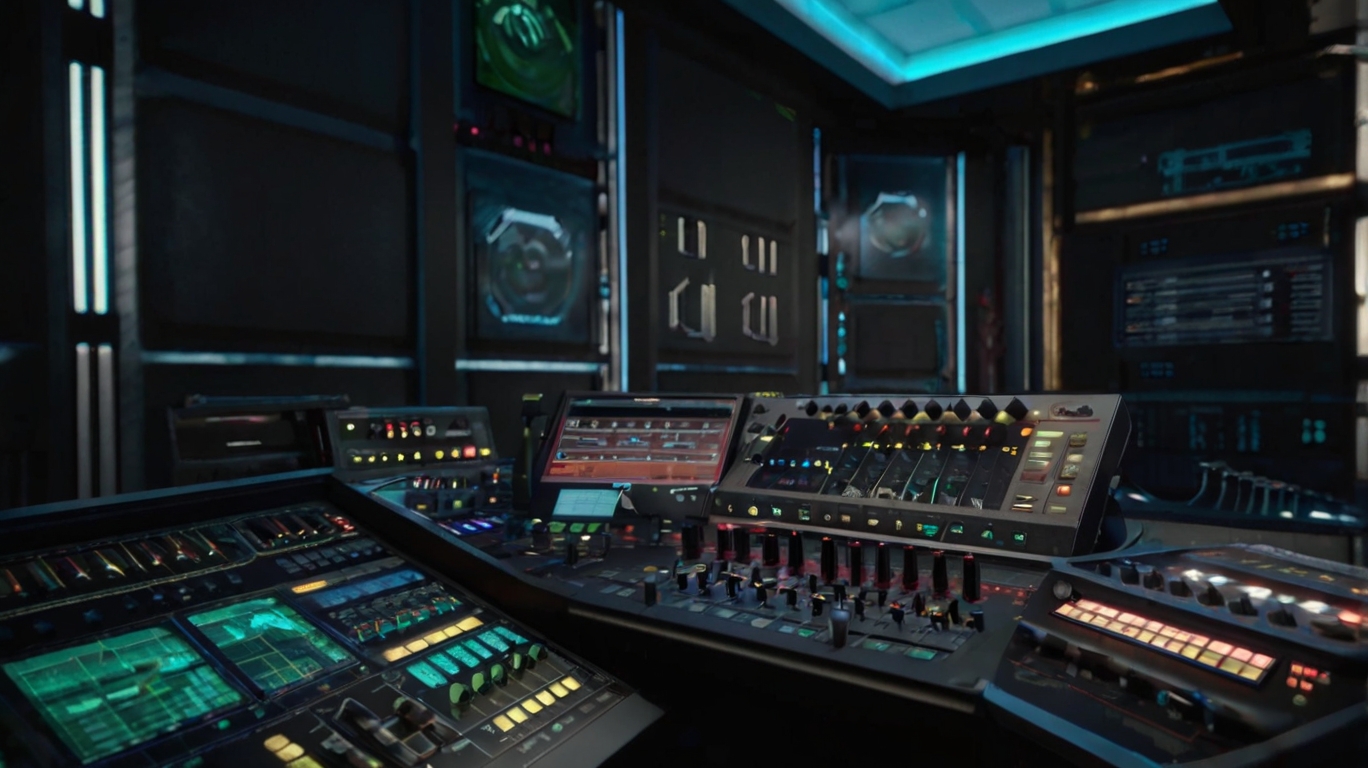
Sound design is a core component of gameplay. It shapes the player experience, provides feedback, and creates emotional resonance with the game. Using examples from classic games like DOOM and The Legend of Zelda, we examine the function of sound effects in gameplay in this article.
The Impact of Sound Effects on Gameplay
Sound effects are integral to the gaming experience, influencing how players perceive and interact with the game world. A well-designed sound effect does more than just complement visual elements. It conveys vital gameplay information and establishes the game’s tone.
- Emotional Immersion: Sound effects enhance emotional engagement. Whether through the terrifying growls of enemies in a horror game or the satisfying crunch of breaking crates in an action title.
- Environmental Context: Ambience and subtle sound cues anchor players in the game’s setting, making worlds feel alive and believable.
- Pacing and Flow: The tempo of the sound effects can tell players the rhythm of the gameplay. For example, sped-up and rising music during a boss fight can indicate higher stakes.
In DOOM (2016), sound effects play a vital role in the game’s breakneck pacing. The heavy impact of gunfire, visceral sounds of demon destruction, and environmental cues ensure players remain engaged and aware of their surroundings.
Sound Effects and Gameplay Feedback
Sound effects provide instant feedback for player actions. To make sure the player understands the results of their actions intuitively, these aural cues frequently combine with tactile and visual input.
- Confirmation of action: The clear sound of a successful hit on an enemy or receiving a bonus confirms the success of the player’s actions and helps them focus on their goals.
- Error Indicators: Subtle sounds similar to a failed action that can guide players.
- Reward Systems: Unique and satisfying sound effects for achievements or leveling up help increase the sense of accomplishment.
In The Legend of Zelda series, sound effects are masterfully used to provide feedback to the game. Players are promptly notified of their achievement by the recognizable “puzzle solved” beep, while regular tasks are made more satisfying by the soft sound of Link picking up an object.
Timing, Synchronization, and Player Actions
Sound design must match the player’s actions to ensure immersion and responsiveness.
- Real-Time Synchronization: Players should be able to instantly hear sounds when they swing weapons or cast spells.
- Dynamic Audio Systems: Implementing sound effects that change based on player speed, distance, or environmental context adds depth to the experience.
- Anticipation and Follow-Through: Audio cues preceding or trailing actions (like the wind-up sound of a powerful attack) enhance realism and gameplay strategy.
In DOOM, the synchronization between the player’s frenetic movement, gunfire, and environmental sounds is flawless, creating an adrenaline-pumping loop. In contrast, The Legend of Zelda: Breath of the Wild uses gentler, more naturalistic sounds that sync with the player’s exploration and experimentation, emphasizing freedom and discovery.
Challenges in Game Audio Design
Sound design for games presents unique challenges that require innovation and adaptability.
- Dynamic Soundscapes: Games require sound effects that dynamically respond to player choices and environmental changes, making the creation process difficult.
- Hardware limitations: Developers must optimize audio quality considering the memory and processing limitations of various gaming platforms.
- Cross-Cultural Appeal: Sounds must resonate with a global audience, avoiding cultural misunderstandings or mismatches.
- Balancing Layers: Ensuring sound effects, music, and dialogue don’t clash requires meticulous mixing and balancing.
- Immersion vs. Overload: Overloading players with too many sound cues can be overwhelming, while too few can feel barren. Striking the perfect balance is a constant challenge.
Conclusion
Sound design is the unsung hero of game development, often working behind the scenes to enhance gameplay and immerse players in virtual worlds. Classic video games like DOOM and The Legend of Zelda demonstrate how well-thought-out sound design can enhance the player experience. Sound design is pushing the envelope as more and more techniques and tools are developed to produce incredible audio experiences. Gaming audio has significant growth and innovation ahead of it as gamers become more discerning about the subtleties of sound.




